Thinking of greening up your house? Some plants are better house plants than others, whether it’s because they are low-maintenance, purify the air, or can grow well even in the shade. Let’s discover them together!
In our quest for progress and convenience, we have given up the green and colored our surroundings with shades of grey and neon.
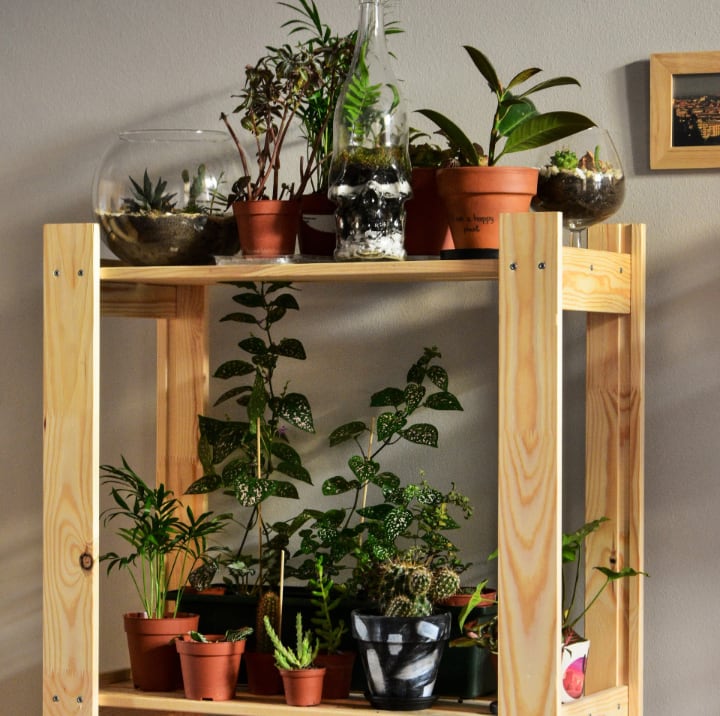
But we still seek the calming green of plants, in these times more than ever. And that’s because we need it. There’s something fresh and comforting in having plants around your home.
Why Choose Indoor House Plants for Your Home
Indoor gardening is an attractive proposition for the average urban dweller. In an era where our living spaces are getting denser and denser, we rarely have an area for gardening.
Indoor gardening comes to our rescue. It enables us to grow house plants, even with virtually no space and a nonexistent affinity to greens. And the easiest way to get into indoor gardening is through house plants.
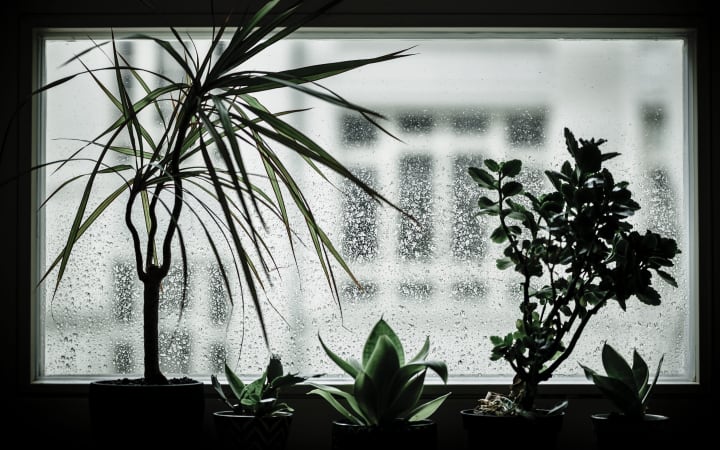
House plants or indoor plants are essentially just plants that happen to grow well indoors. This is usually because they don’t need all that much sun and aren’t all that picky in terms of soil.
Through them, you can add plants to your life even if you don’t have a garden of your own.
Top Common House Plants for Your Home
Indoor plants are often tropical or semi-tropical epiphytes (plants that grow on other plants) or types of succulents and cacti.
Some house plants are also explicitly grown for indoor environments. Occasionally, these plants also become natural air purifiers. We call these air plants.
There are other types of house plants you can grow at home. Here’s our selection to get you started.
1. Aloe Vera
A succulent, Aloe Vera is an excellent house plant. It requires less watering than most other plants.
It can live contentedly for many years in windowsills or places with bright, indirect light.
2. Common Asparagus Fern (Asparagus setaceus)
The common asparagus fern grows fast, doesn’t demand much in terms of care, and grows with little to no effort on your side.
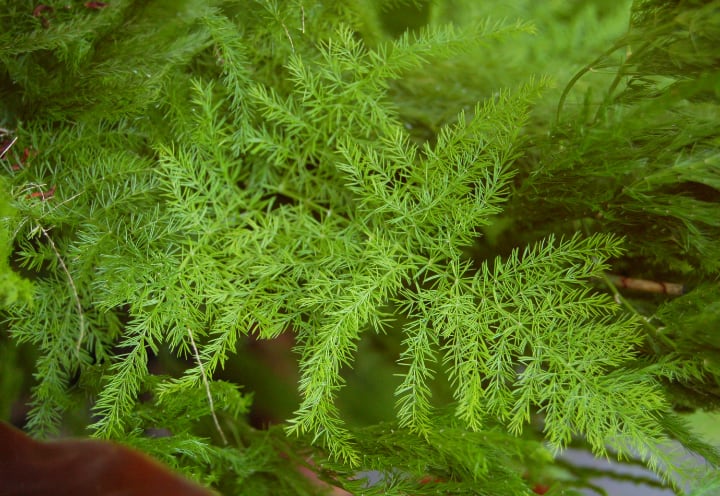
Warning: The fruits that these houseplants bear are toxic. You’ll have to be extra careful if you have small children or pets.
3. Boston Fern (Nephrolepis exaltata ‘Bostoniensis’)
The Boston fern revels in damp soil, so either you’ll need to put peat moss or make it a habit of watering it frequently. It can tolerate drought very well, though, so it’s okay if you forget to water it once.
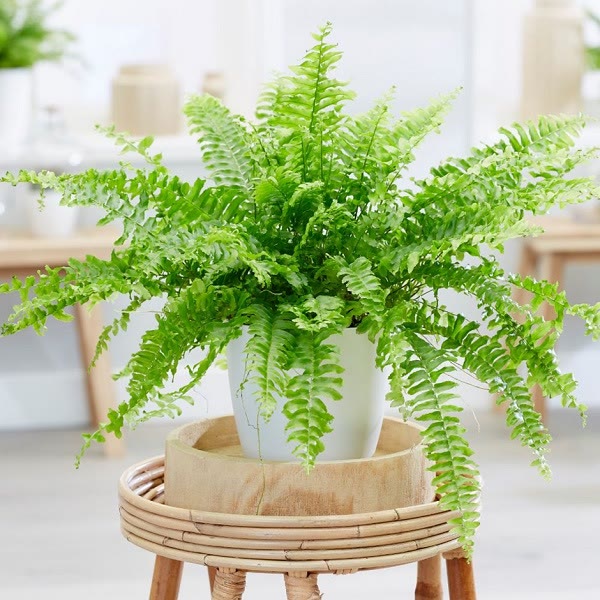
The leaves of this fern can become quite sprawling, so place it in a spot where it has free space around the pot, like in the image above.
4. Calatheas
Calatheas particularly like purified water. As tropical house plants, they also love bright, indirect light and humid conditions.
You’ll love the vertical growth patterns of this plant and its interesting leaves.
5. Cast-iron Plant (Aspidistra elatior)
The cast-iron plant must have been named so because it has an iron-hard tolerance for neglect. It grows best when it gets plenty of water, but it can live with less, too.
This plant with its look, splashy leaves can withstand a wide range of temperatures and light conditions, so you can place it in most rooms.
6. Chinese Evergreen (Aglaonema)
Chinese evergreens do not take low temperatures and excessive sunlight very well. They thrive in low light conditions.
Warning: These interesting house plants are mildly poisonous, so keep these away from small children or pets.
7. Chinese Money Plant (Pilea peperomioides)
This one has round, coin-shaped leaves, hence its name. For a rule of thumb on watering the Chinese money plant, water it on the day the leaves become droopy.
These house plants grow well even in indirect light. To propagate them, simply take the plantlets to another pot with moist soil.
8. Chinese Water Bamboo (Dracaena sanderiana)
Also called lucky bamboo, these house plants are believed to bring happiness and prosperity.
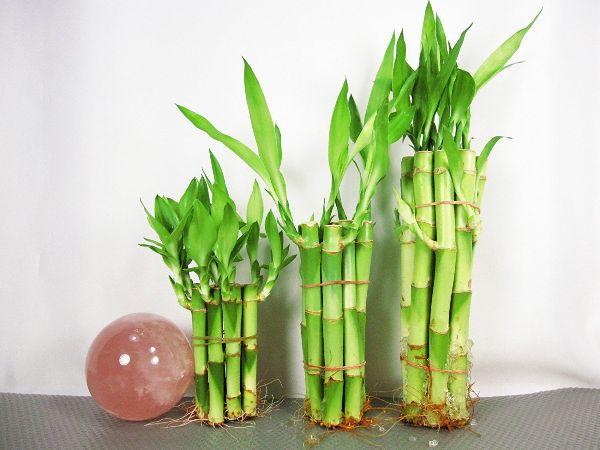
They can grow in either water or soil. If you choose to grow them in water, make sure the water is clean and change it every week. If you plant it in a pot, make sure that the soil is neither too moist nor too dry.
9. Corn Plant (Dracaena fragrans ‘Massangeana’)
The corn house plants can purify the air, according to the same NASA study we mentioned earlier. Plus, this plant is quite tolerant of neglect.
It thrives in bright, as well as low light, and it lives quite a long life.
10. Donkey’s Tail (Sedum morganianum)
This plant’s name doesn’t really do it justice, does it?
A succulent, donkey’s tail loves full sun and lots of water. Despite this, these house plants are quite tolerant of missing out on one or two watering sessions.
11. Dumb Cane (Dieffenbachia)
Dumb cane needs medium sunlight and moist soil at the least but tolerates hot temperatures and dry climates.
Warning: This plant contains poison that can temporarily render someone mute. Thus you should keep it away from children and pets.
12. Elephant-ear Plant (Colocasia)
Filtered sun and moist soil can make the elephant-ear plant really happy. You’ll need to be careful, though, since this house plant is also quite mildly poisonous.
With its big leaves, this plant is a great choice for filling up an empty space, like in the image above.
13. English Ivy (Hedera helix)
Keep the soil moist until the English ivy has grown well and got established in its current place.
After this, it will develop very well in any condition and will cling to anything it encounters. Control its growth to your advantage.
14. Ficus (Ficus benjamina)
Ficus trees are famous as house plants because they are tolerant of poor growing conditions. They thrive in bright light, but can survive in the shade, too.
Studies show it can also filter the air of gaseous formaldehyde, a well-known carcinogen.
15. Mini Jade Plant (Portulacaria Afra)
Jade plants require little water and can withstand indoor conditions very well. They are very durable and attractive.
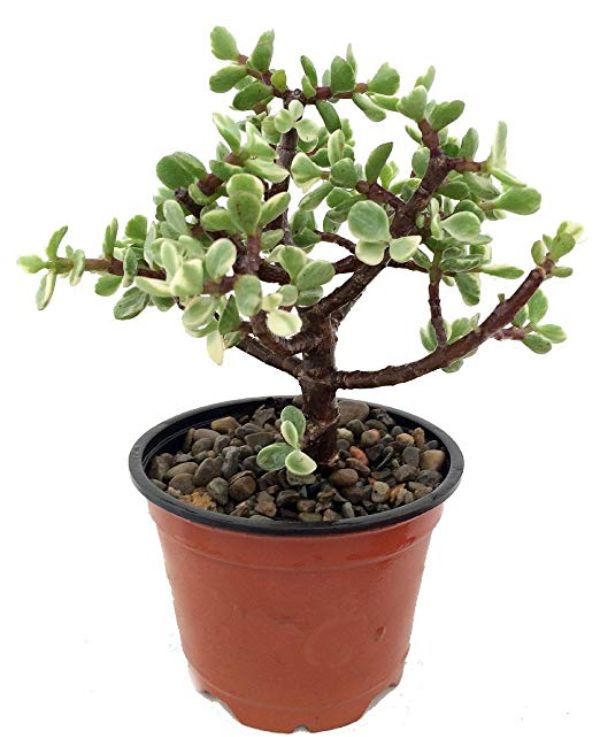
Pruned well, the jade plant can also grow to be a marvelous bonsai tree. Like in the image above, you can add pebbles to the pot for effect.
16. Jellybean Plant (Sedum rubrotinctum)
The jelly bean plant tolerates a wide range of climates and conditions, as well as neglect. It grows best in full sun and proper water amounts.
However, these house plants carry a bit of poison that makes them unsafe for pets and children.
17. Mother of Thousands (Kalanchoe daigremontiana)
Mother of thousands can tolerate neglect, but it will look its best with regular watering.
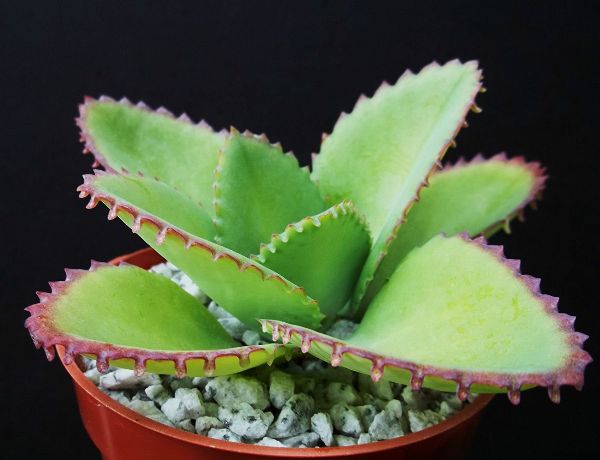
The plant in the image will get more red in full sun and more green in the shade. Take note, though, that all parts of this plant are poisonous for pets and children.
18. Parlor Palm (Chamaedorea elegans)
Parlor palms can tolerate low levels of humidity and light, although these house plants prefer medium amounts of these.
They grow slowly, but the ease with which you can take care of them makes up for it.
19. Peace Lily (Spathiphyllum)
Peace lilies thrive well in the shade. However, their beautiful flowers bloom with more light. They also need little water.
Add that they can filter the air, and you get one of the nicest indoor plants around.
20. Heartleaf Philodendron (Philodendron cordatum)
The heartleaf philodendron prefers indirect light, but it will do fine in lower light conditions until it goes leggy.
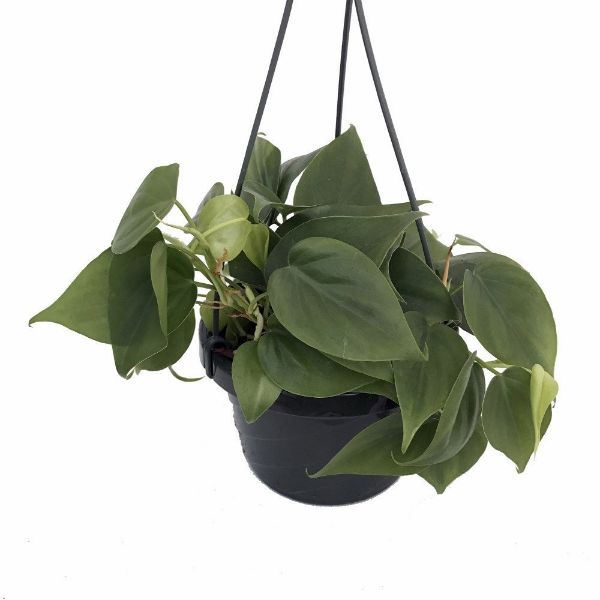
Bear in mind that it is poisonous, but to make up for that, the plant can filter out formaldehyde.
21. Ponytail Palm (Beaucarnea)
Ponytail palms grow well in bright light, but they are also very tolerant of other light conditions. You can water them only once every 3-4 weeks.
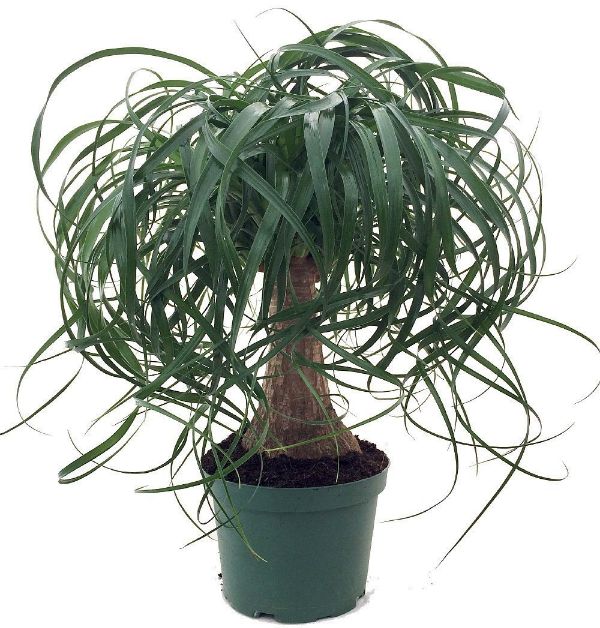
Overall, that sounds like a good deal for a plant that can develop beautiful foliage and become an indoor centerpiece, right?
22. Golden Pothos (Epipremnum aureum)
The devil’s ivy or golden pothos is so very tolerant of neglect that it manages to stay green even in dark environments. It can filter out indoor pollutants, but it’s also quite toxic if ingested.
You can place this plant on high plant stand and let it trail down to give it a pleasantly unkempt look, like in the image above.
23. Prayer Plant (Maranta leuconeura)
Named after its nightly leaf-folding routine, which makes it look as if it’s praying, the prayer plant only needs bright indirect light and moderate water.
Keep the soil moist and these house plants will fold their leafy hands in prayer for you!
24. Rubber Plant (Ficus elastica)
Rubber plants require bright, indirect light. They also need to be moist during the growing season. These house plants can even thrive in drought.
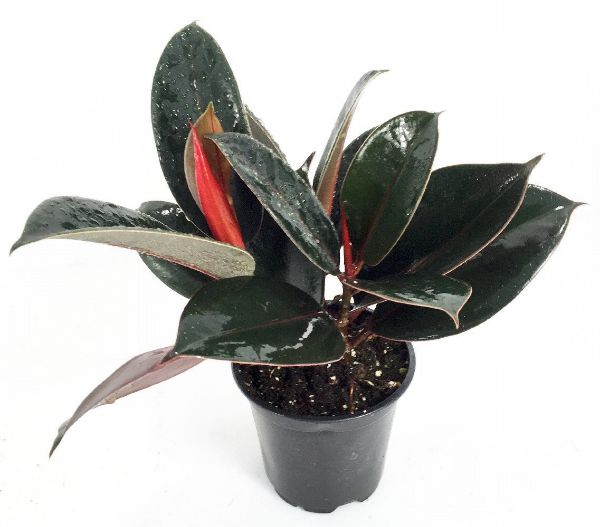
If you have a pet or small children, place it where they can’t reach it. The sticky latex of these plants is an irritant and poisonous if taken orally.
25. African Violets (Saintpaulia)
For African violets to bloom keep them in bright, indirect light. Warm temperatures and keeping the soil moist will make these little house plants happy!
These plants symbolize faithfulness and friendship and are great to give as gifts to a friend or dear one.
26. Snake Plant (Sansevieria trifasciata)
Snake plants tolerate low light and irregular watering sessions well. NASA found that these houseplants can purify the air. They can also remove carbon dioxide at night.
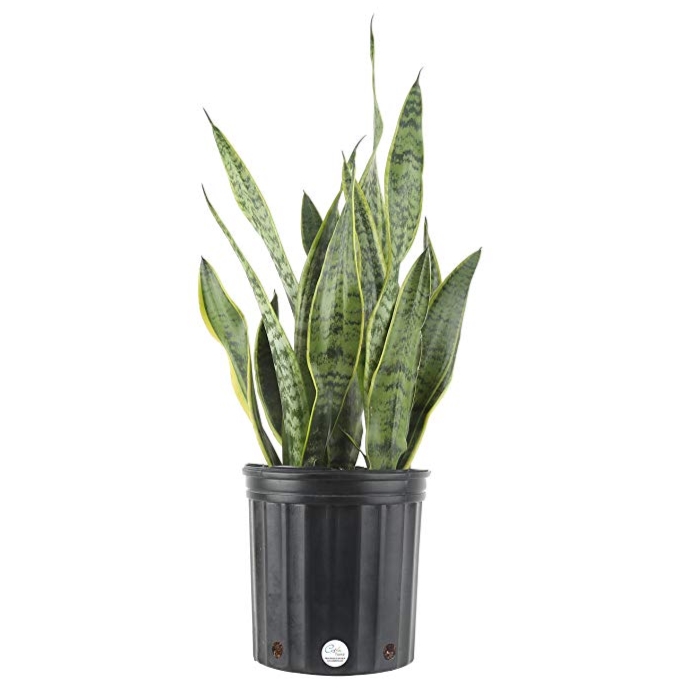
Indirect light and being dried out between waterings can keep this plant perky already!
27. Spider Plant (Chlorophytum comosum)
Spider plants are hardy house plants that don’t mind a bit of dry ground in between waterings. They adapt well to conditions indoors.
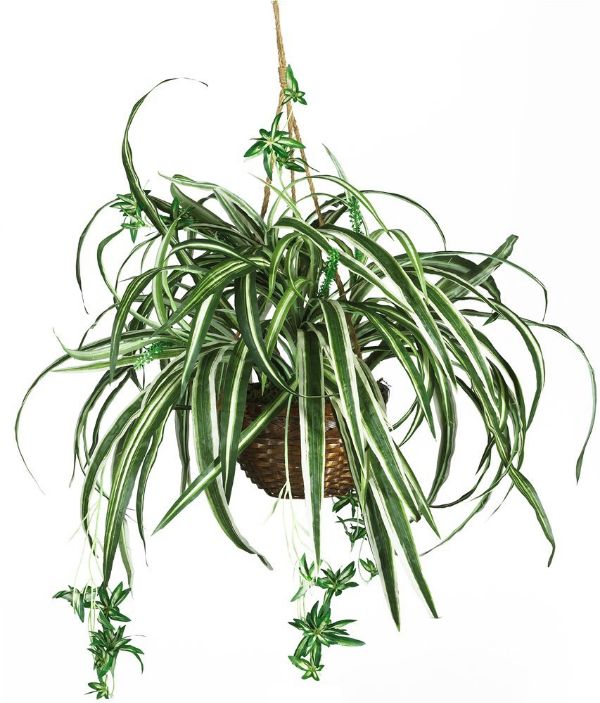
You can grow them in a hanging basket in that way spider plants can enliven just about any corner of the house. Bear in mind though that they need indirect light.
28. String-of-pearls (Senecio rowleyanus)
Like most succulents, string-of-pearls requires very little maintenance. It has minimal water and light demands.
This plant is mildly poisonous, but that shouldn’t be a big issue if you keep it hung up, which makes it look great anyway.
29. Air Plant (Tillandsia)
The tillandsias, also known as air plants, can be lovely additions to your home. They do not require to be frequently watered.
There are many species to choose from, some smaller than others. Their size makes them perfect accents anywhere in the house.
30. Zebra Haworthia (Haworthiopsis attenuata)
Zebra haworthias are succulent house plants that need water only twice a month or so. Not bad for a plant so green, right?
Their compact form makes them suitable for grouping with other small plants or as tabletop decor.
Tips on Choosing House Plants
Made up your mind to add a few house plants to your home? We think it’s a great idea. But there are some things to consider when choosing your next house plant.
Size
Consider your space. Most house plants are small, either by nature or through cultivation. This is an advantage, but if you have a lot of space to fill, you need to buy several plants to choose indoor trees.
Ventilation
Many non-native plants prefer specific temperatures and humidity levels. Some tolerate adverse conditions, but there are those that have a narrow range of allowable amounts of moisture.
In other words, you will need to mist them once in a while.
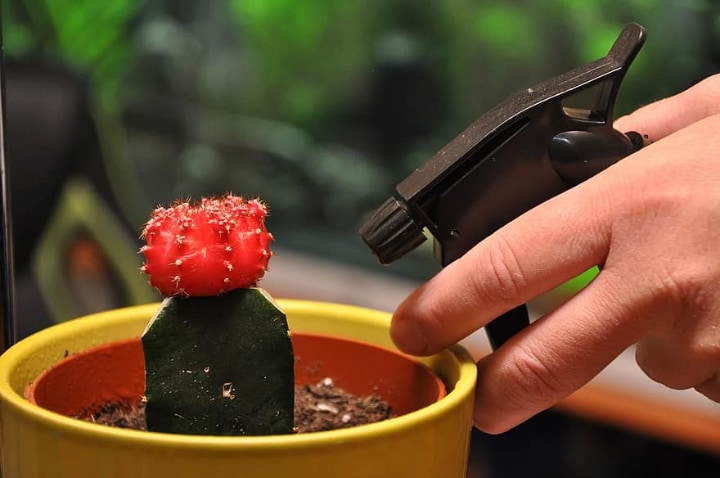
Tip: Read carefully the label on the plants you buy to figure out the optimal temperatures for them.
Your Lifestyle
You need to consider the amount of care and attention you can give your house plants. If you are away from home often, house plants that tolerate fewer waterings are your friends.
On the other hand, if you are a full-time stay-in housemate, you can try plants that require more attention.
Small Children and Pets
Pets and small children play with anything they can get their hands on. That’s why it’s safer to choose house plants that are not poisonous in any way. Or else to plant these where they can’t be reached.
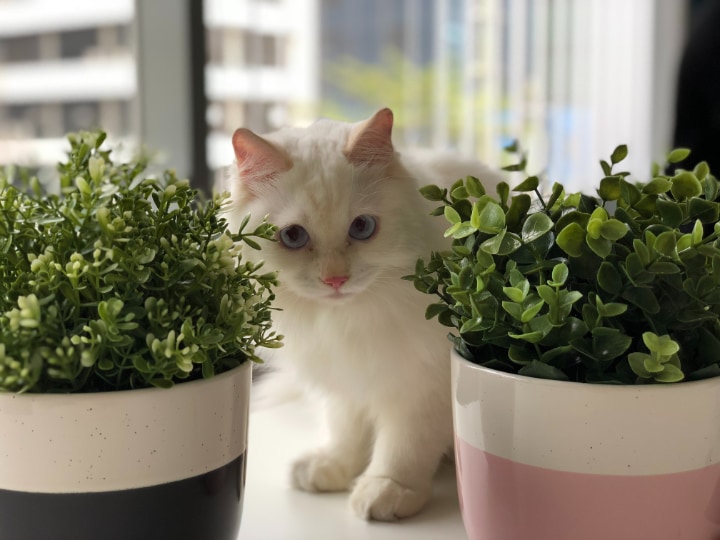
In our list of plants, we noted all of those that are toxic. For good measure, here’s a short list of plants that are safe for pet owners and people with small children.
House Plants Safe for Pet Owners
The following plants are cat and dog friendly. They don’t cause allergic reactions in your furry friends.
Bromeliads
Bromeliads are like your pets: they bring color and life to your house. Only that they don’t move.
Fortunately, these plants play very well with your pets, too! They are pet safe and look nice.
Blue Echeveria
They’re small, they’re blue, and they’re succulents. And they are not poisonous for your little critters.
What more could you ask from this beautiful blue Echeveria?
Button Fern (Pellaea rotundifolia)
Almost all indoor ferns are safe for pets. We’re throwing in this gorgeous button fern for good measure.
Ferns can grow quite big, so make sure you plant them in a spacious pot.
Frequently Asked Questions About House Plants with Answers
He hear a lot of questions about indoor plants, and no wonder: people around the world love them! You don’t even have to be a gardener to be interested in them.
We’ve put together the most frequent questions we’ve heard. Here they are, together with the answers.
Which are the best indoor plants?
The best indoor plants don’t require full light and constant watering or fertilization. They can grow in just about any room with ease. The best indoor plants include aloe vera, succulents, air plants, ferns, and peace lily.
What are common house plants?
Common house plants include succulents, air plants, ferns, ficus, aloe vera, zebra plant, spider plant, and Chinese evergreens, to name just a few. Explore now the best common house plants.
What are the best low maintenance houseplants?
The best low maintenance house plants include succulents, air plants, and ferns.
Add Some Green to Your Home, Will You?
Or a lot of green–your call, really! You sure have a lot of house plants to choose from now.
Even if you’ve never used a garden tool in your life (you still got plenty of time, not to worry), you can grow house plants indoors without any hassle.
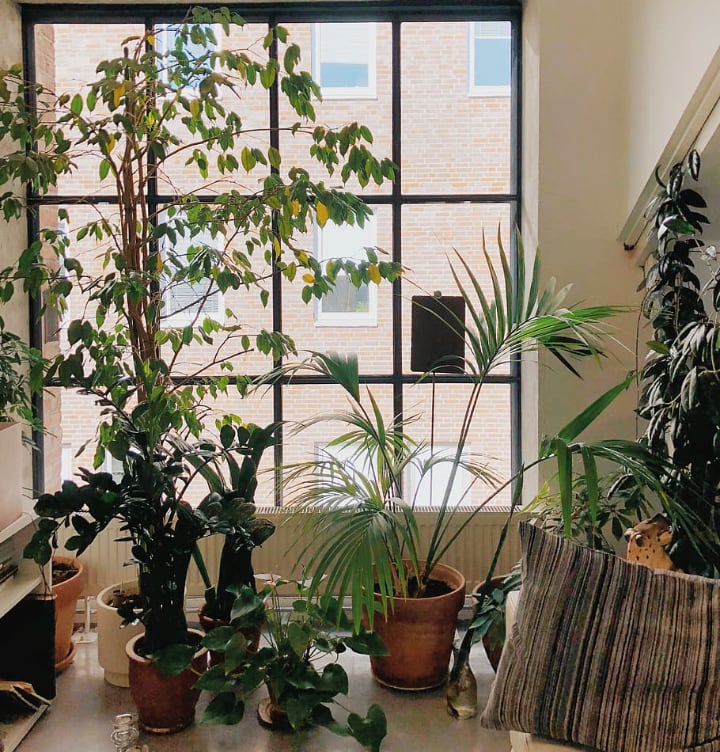
These plants do not demand too much from you and they color your house with natural hues and good vibes.
Choose to reconnect with nature by adding a few plants to your house. And tells us what plants you chose. We’d be happy to hear from you!
See you next post!

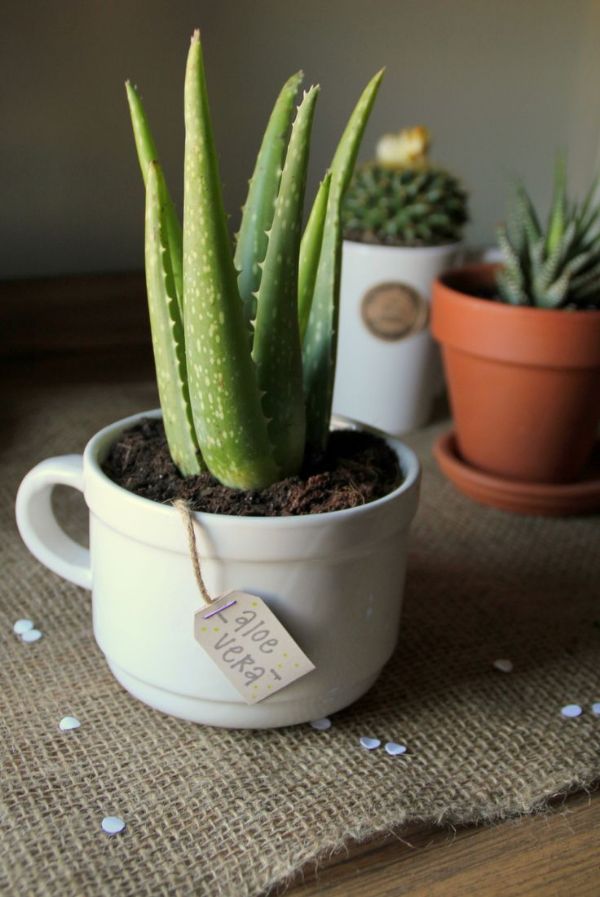
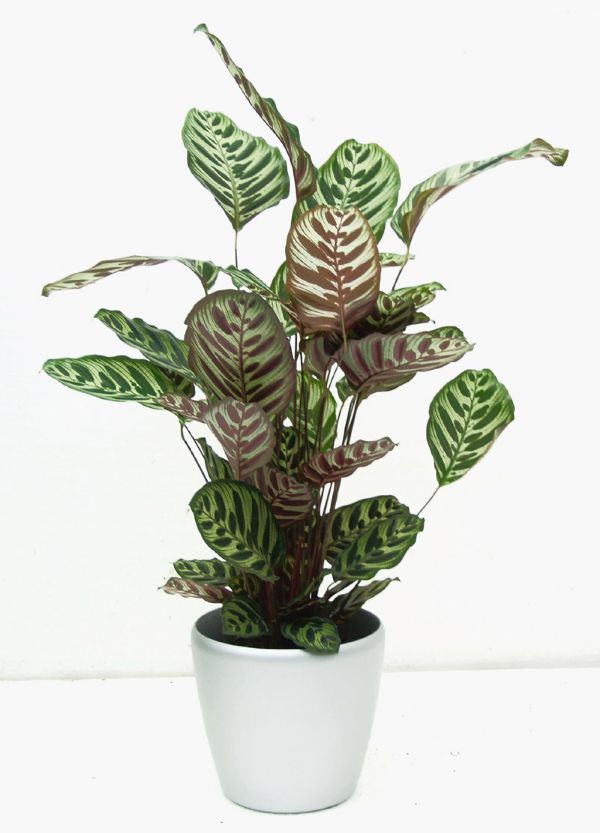
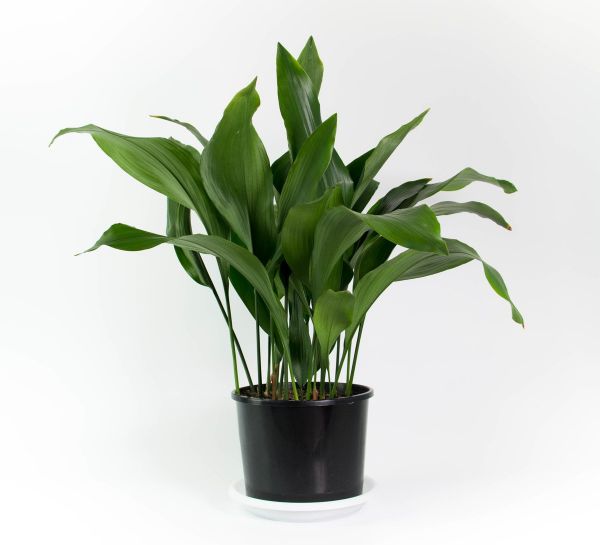
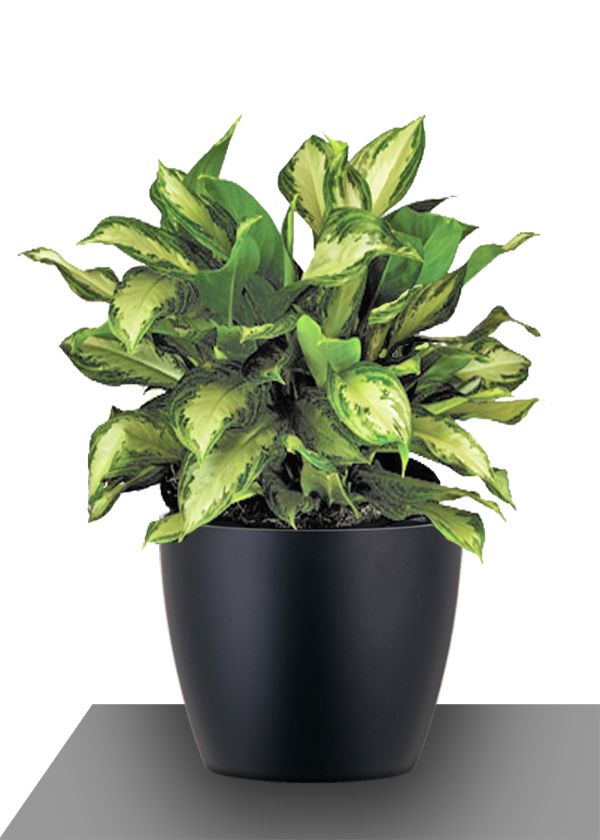
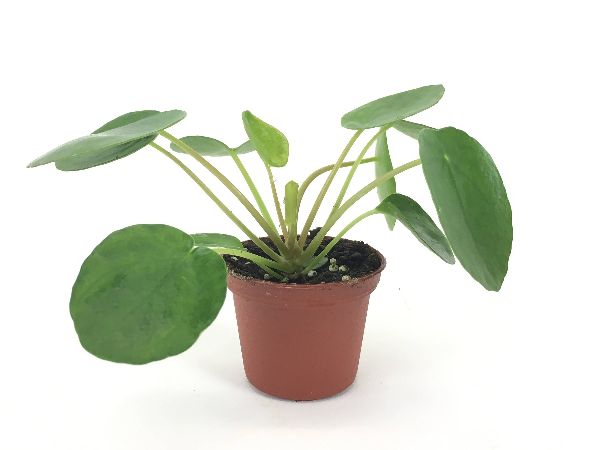
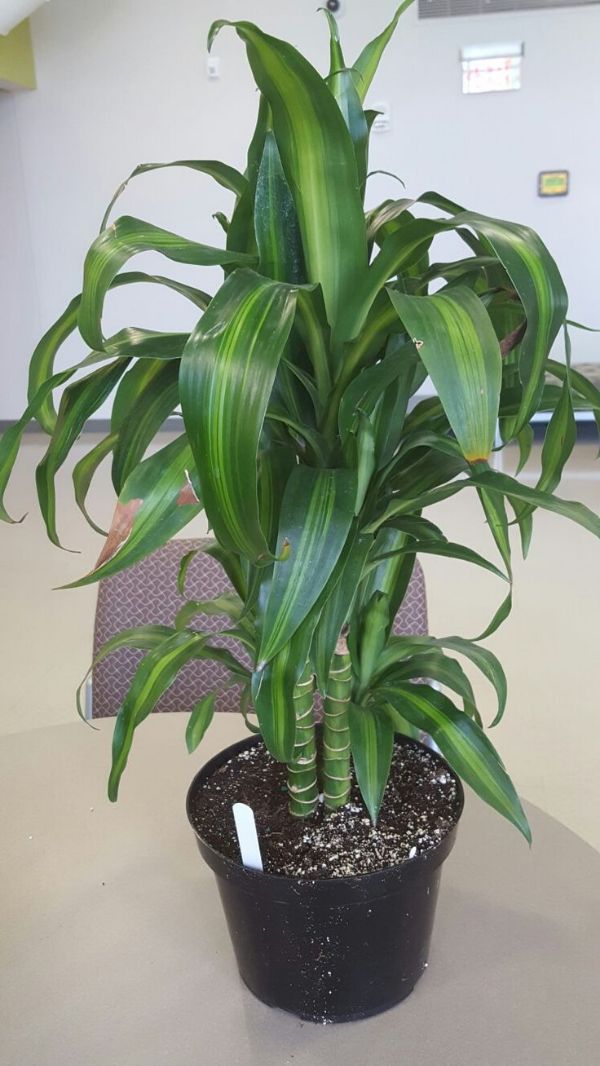
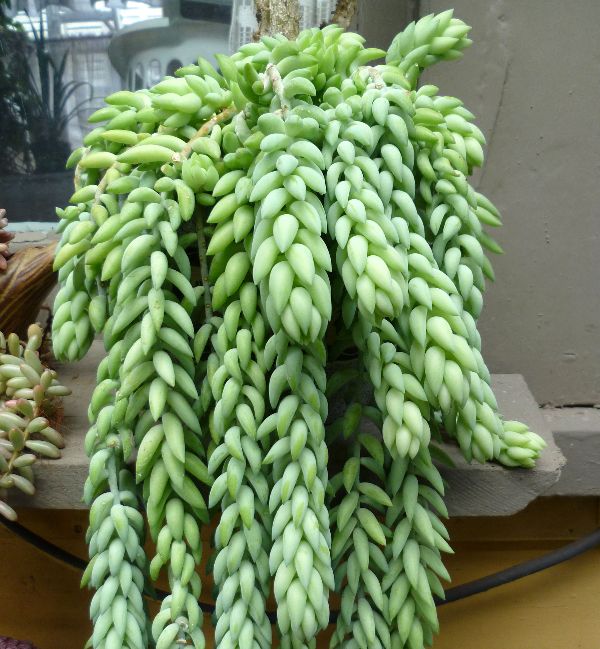
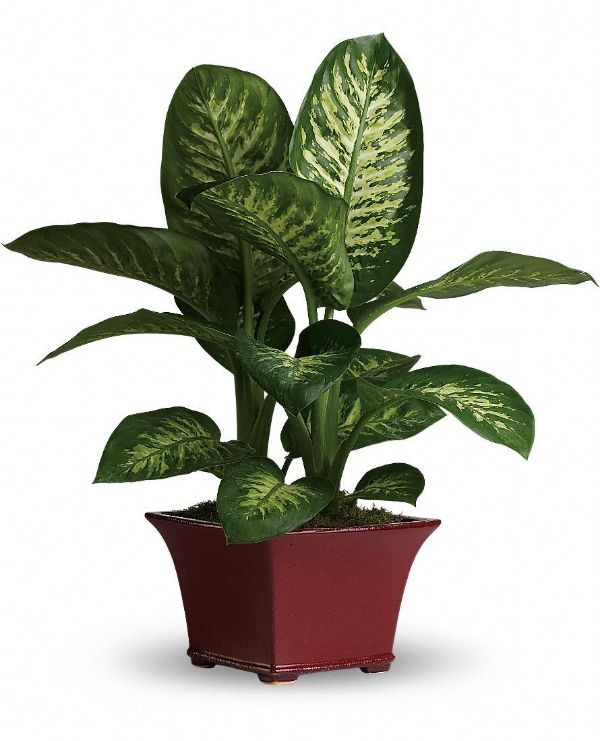
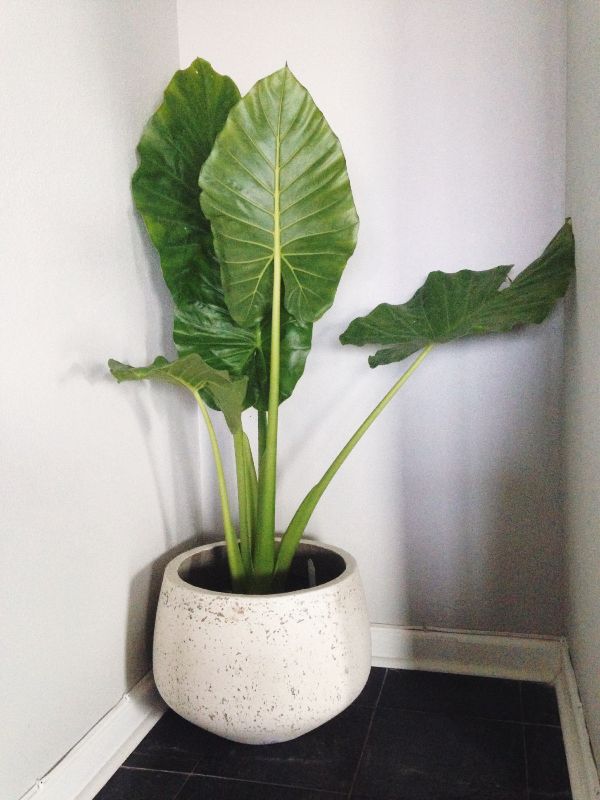
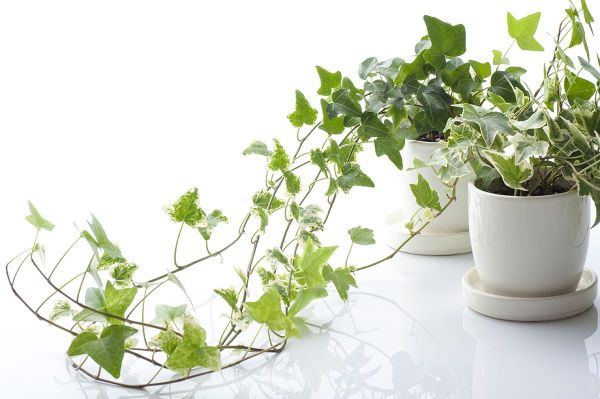
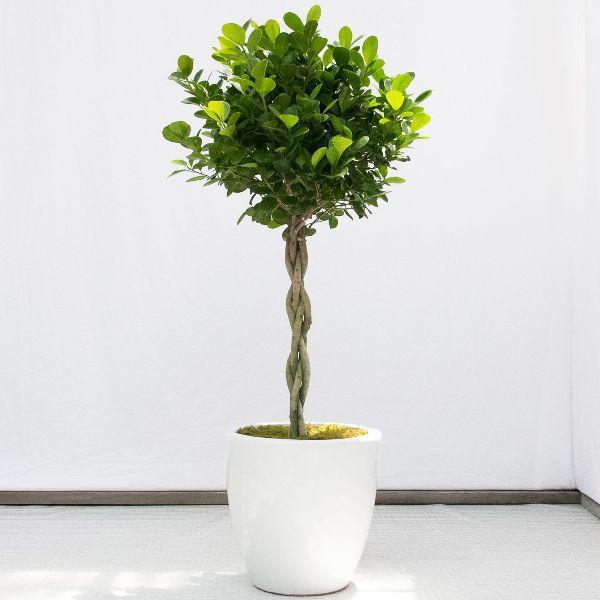
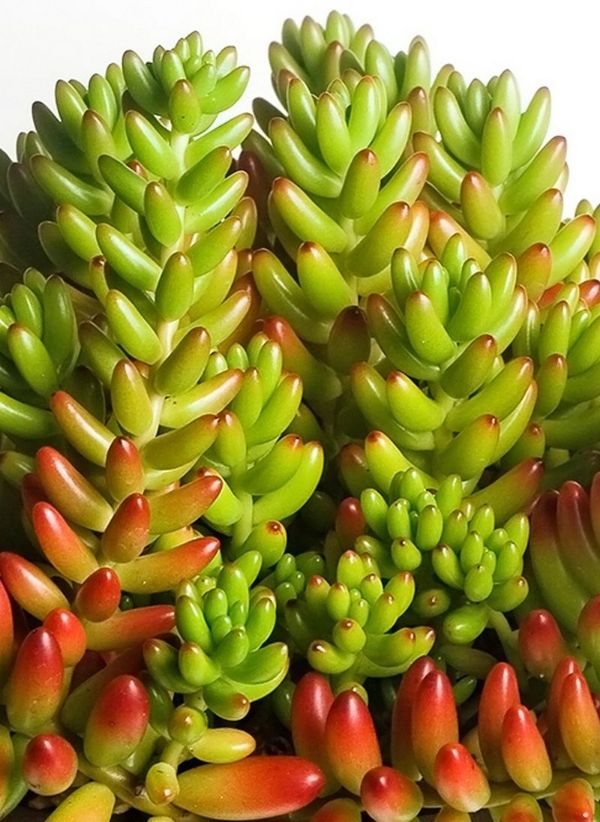
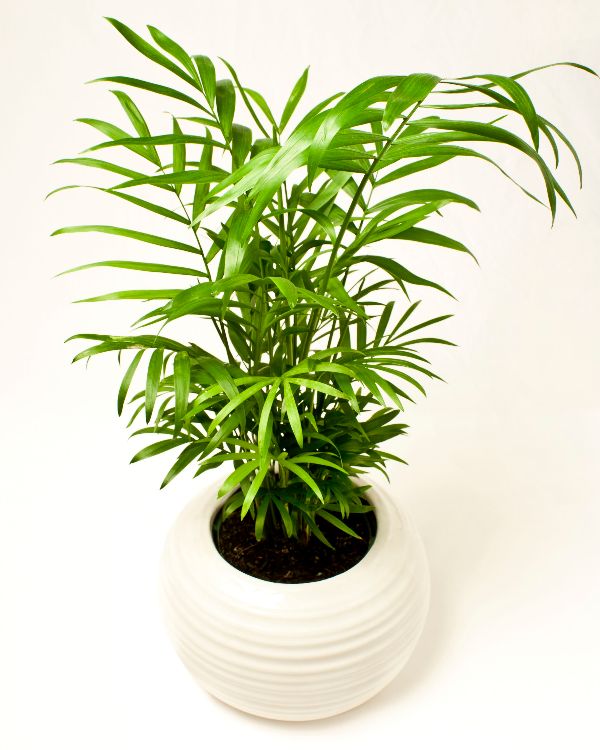
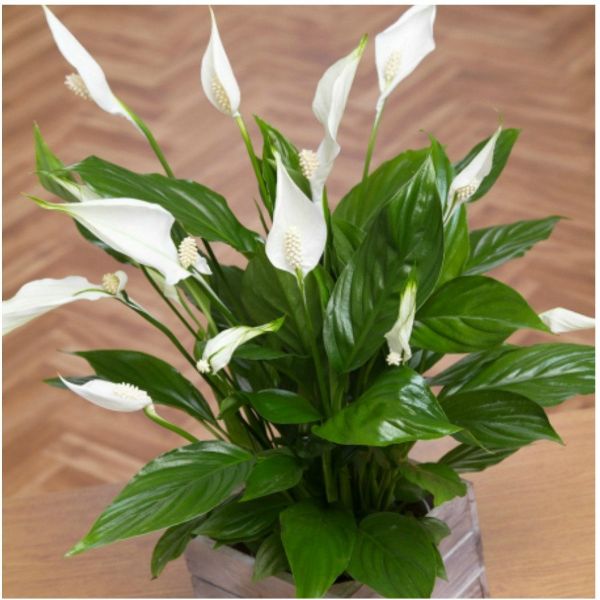
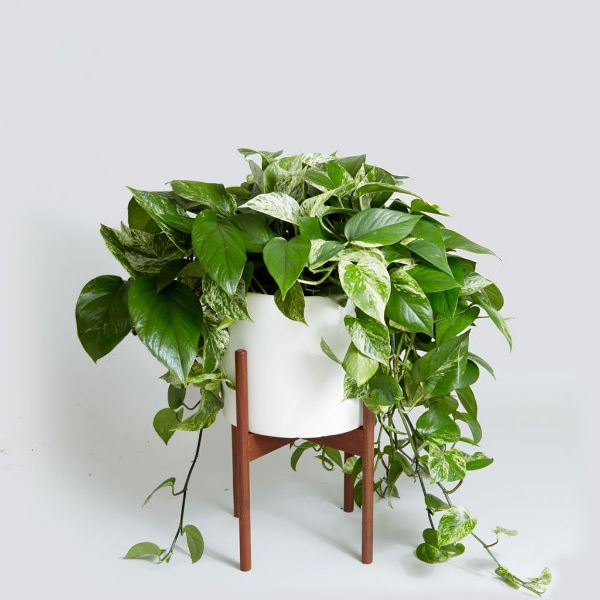
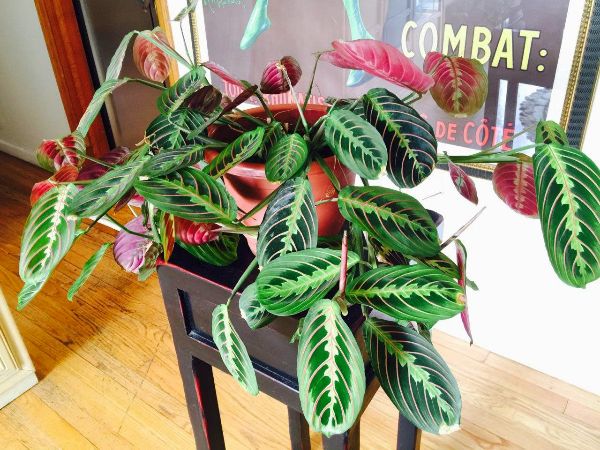
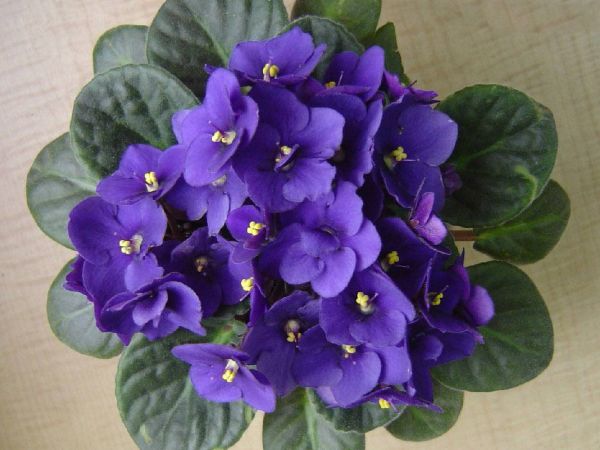
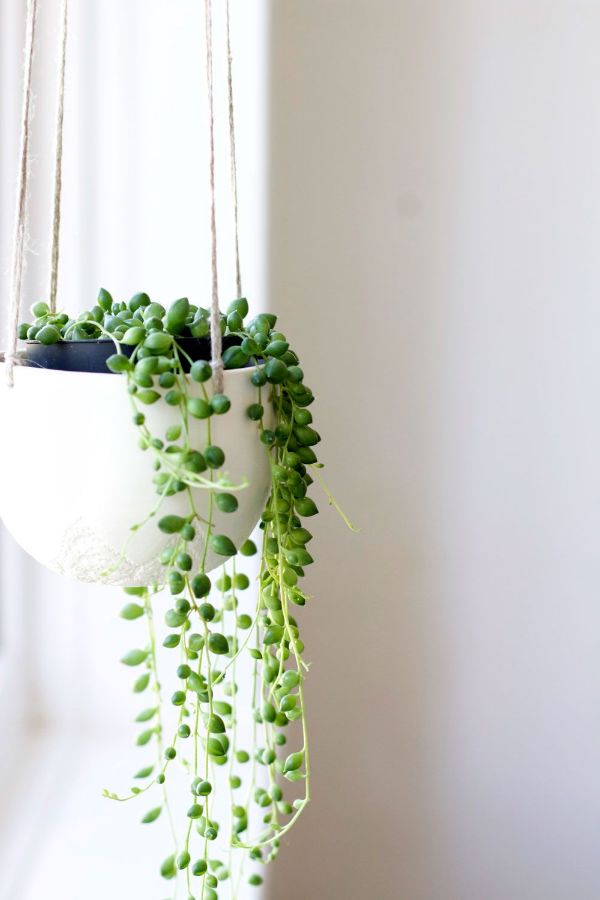
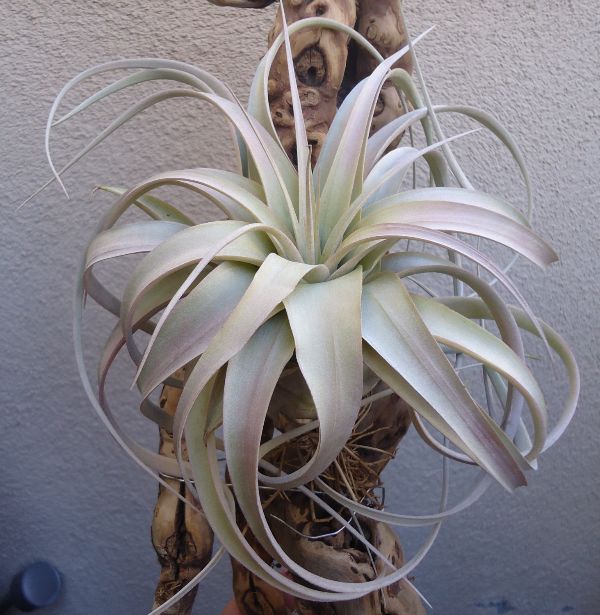
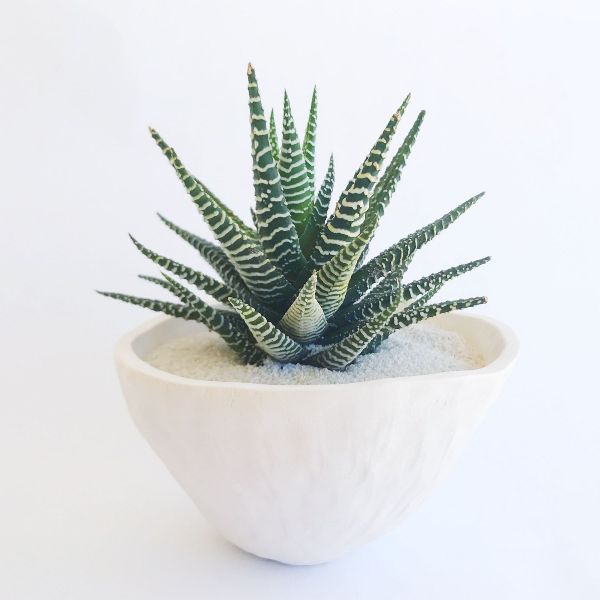
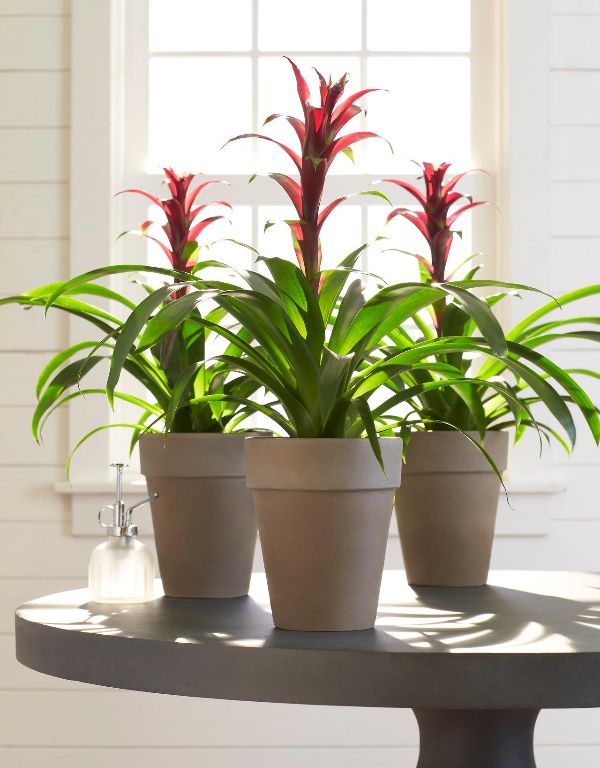
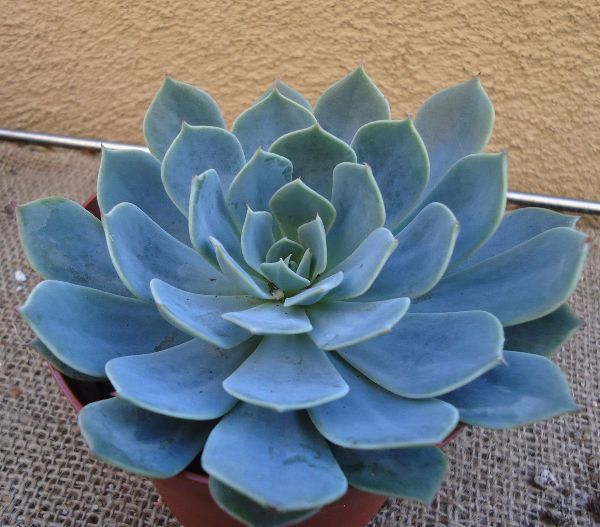
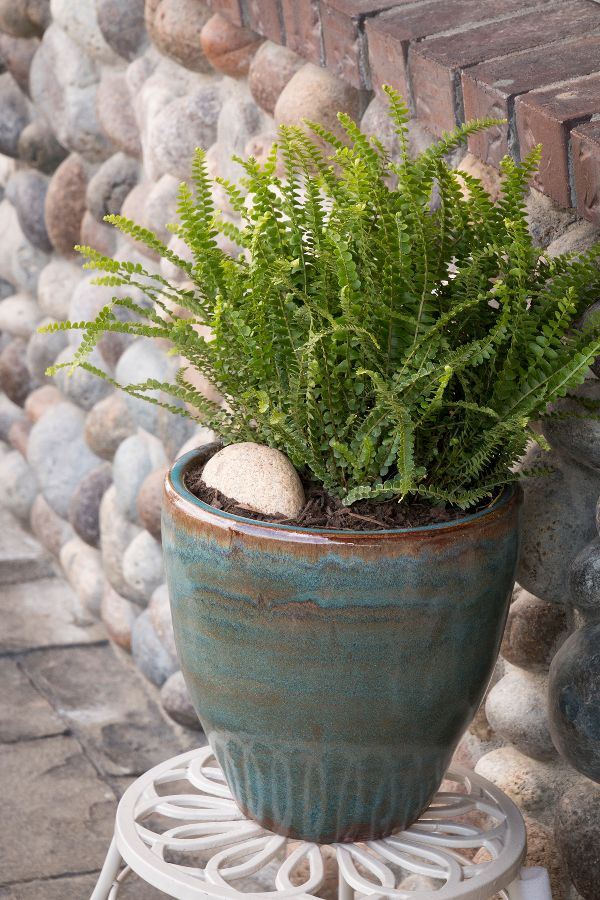
Leave a Reply